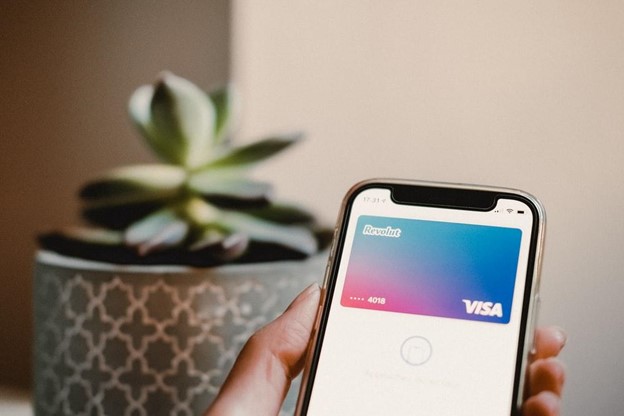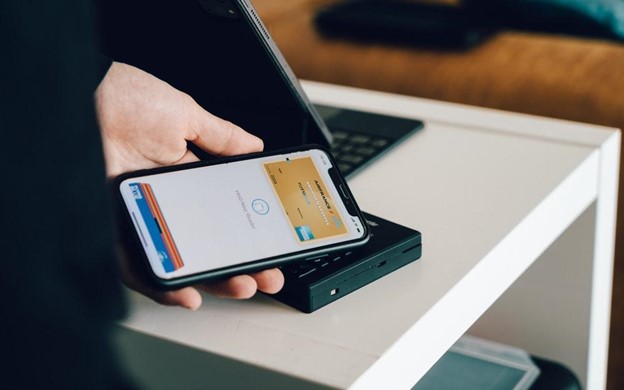6 Great Patterns and Examples for Banking App Design

Mobile technology is rapidly fueling the growth and expansion of banks with the rise of banking applications. Having all your financial data on an app was unbelievable decades ago, but it is now a reality for many people. People no longer have to queue in banks waiting for services; with a mobile app on their phones, customers can access their accounts and transact instantly.
While most financial institutions used to be recognized for their market size and products, today, it’s possible to make a statement with superior mobile app designs. Apart from their efficiency, banking apps are in high demand due to the overall mobile app market growth. Consequently, many financial institutions are now embracing mobile app design as an innovative way to gain a competitive advantage.
It is essential to create an exceptional design for banking app to offer customers a great experience. An effective app with interactive and simple features is a plus for banks that want to survive and thrive in a competitive industry.
Banking App Design: Importance of UI Design
Great usability is key in banking applications, attainable through quality designs. UI plays an integral role in ensuring customers get the right information when interacting with a banking app. So, you should design an intuitive user interface to allow easy navigation and improve the app’s overall efficiency.
One way of knowing that your app has usability issues is when customers keep complaining or get stuck while using its features. If you realize that users struggle with certain functionality, redesign is needed.
The right audience will help you determine the right patterns to use in your UI design. Thus, it is essential to identify your target audience and conduct proper user testing before proceeding to the design phase. Don’t forget to collect customer feedback to anticipate the needs and expectations of users.
Let us explore some of the design practices with examples for banking applications.
User-Friendly and Appealing Aesthetics
According to Jakob Nielsen, a guru in the UX field, interfaces should only have relevant information. The content and UI features must support the primary objective of the app. Thus, you should design a user-friendly and attractive UI for a banking app by considering users’ financial transactions and money management needs.
Ensure your design is simple and clear to increase usability. Don’t overload your app with heavy graphics and conventional colors that might put off the customers. You can adopt a minimalist approach and add your brand colors to tweak the design in the right direction.
Revolut is a perfect example of an app that displays a great UI pattern. It has a modern outlook with an appealing color scheme. You can easily navigate the sections and view each UI feature clearly.
Use of Cards
Another effective pattern in banking app design is card usage. Cards enhance readability; customers can easily tap on the card rather than scroll through a long list of links.
You can group the cards in a grid or panel to give visual guidance to users. Proper card arrangement ensures the customer identifies each option easily. Besides, it makes the UI features more visible and engaging.
An example of a bank using the card pattern is the N26 German online bank. Its app design has an insurance section where you can see each product placed as a card with a short description. This solution makes your UI simple and friendly to customers.

Virtual Assistants
Designing an interactive app is essential, but it can be challenging. You have to guide your customers on the onboarding process and explain how to handle issues. By adding insightful tips on the interface, you’re sure to boost usability. However, designers might clutter the interface with unnecessary information, which is frustrating to the users.
So, you can strike a healthy balance by incorporating virtual assistants into your app. It will increase intuitiveness and save customers time. Bank of America has a virtual assistant called Erica on its app. It guides the customers through the entire app’s functionality without congesting the interface with unnecessary tips.
Landing Pages
A stellar landing page is critical in app design. You can design one that contains important financial statistics and gives customers a 3600 view of their financial behavior. It could be information about personal savings, settling debts, or healthy spending.
An app that features these insights helps customers gain better control of their money. Hence, you should strive to design an app that breaks down complicated banking information. For instance, clients can easily view bank loans, credit scores, and daily expenses.
Starling Bank has an exceptional app design with an informative landing page. It integrates personal financial data, allowing customers to catch up with their expenses.
Gamification and Reward System
Gamification is a current design trend that involves adding gaming elements into applications. It is a popular UI pattern that keeps customers immersed in the app. Many banks are incorporating gamification to enhance user experience. Banking is no longer boring with interactive games and reward systems. For instance, you can get points every time you save some money in your account.
Monese is an example of a financial institution with an effective gaming feature. It also has a reward system that allows users to transfer points to each other.
Maps
Sometimes customers want to locate a nearby branch or ATM to withdraw cash. Thus, make sure your app design includes a map. It is a relevant UI feature that helps customers complete a quick and convenient search for services and facilities beyond the app’s outreach.
The Monzo bank app has upped the mapping challenge to include transaction locations. It has a feature that allows customers to view the transaction’s location on the map. The feature also shows the amount and the recipient.
Conclusion
It is crucial to create a bank app design that satisfies your clients. An appealing and user-friendly UI is possible with proper initial research, user feedback, and meticulous UI design.
Thus, ensure you know your target audience and use the most optimal way to onboard users without complicated financial jargon or complex features. Simple and intuitive UI elements increase usability and boost your business to the next level.





